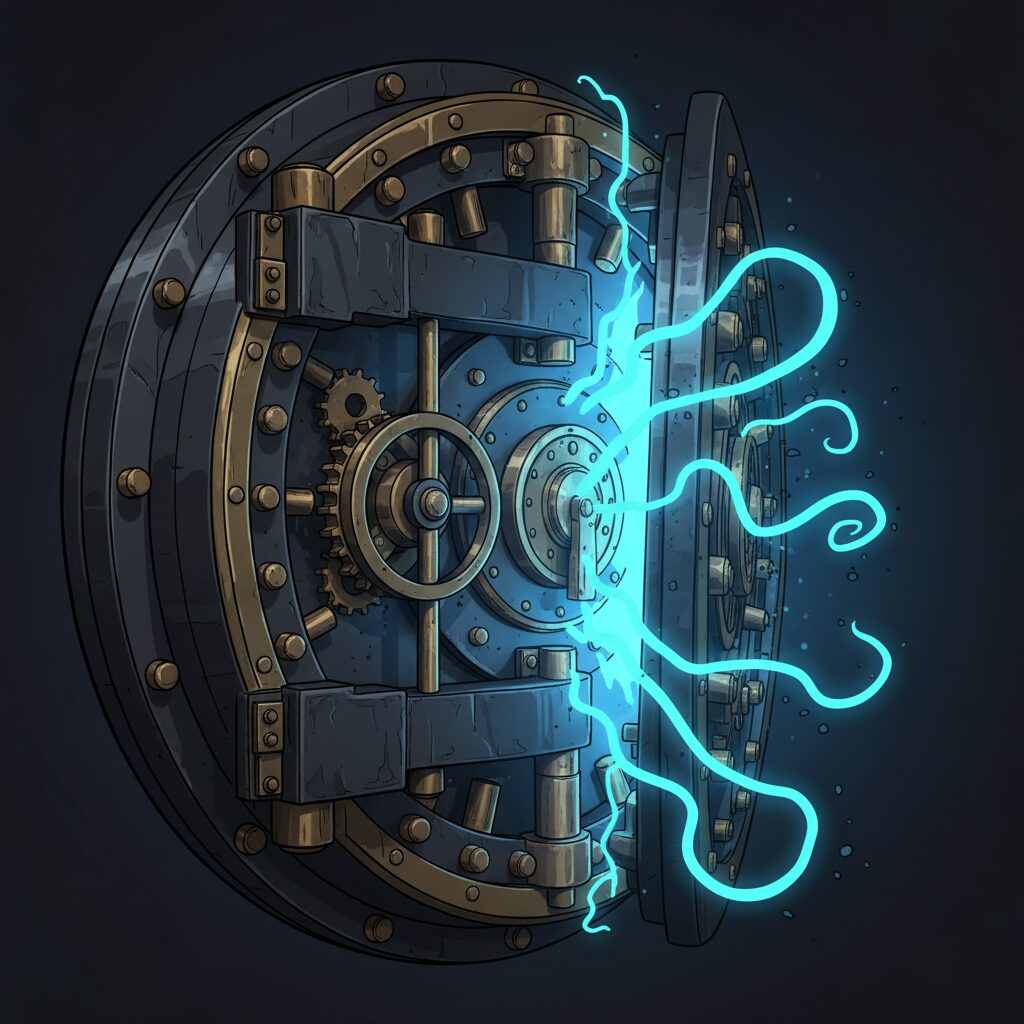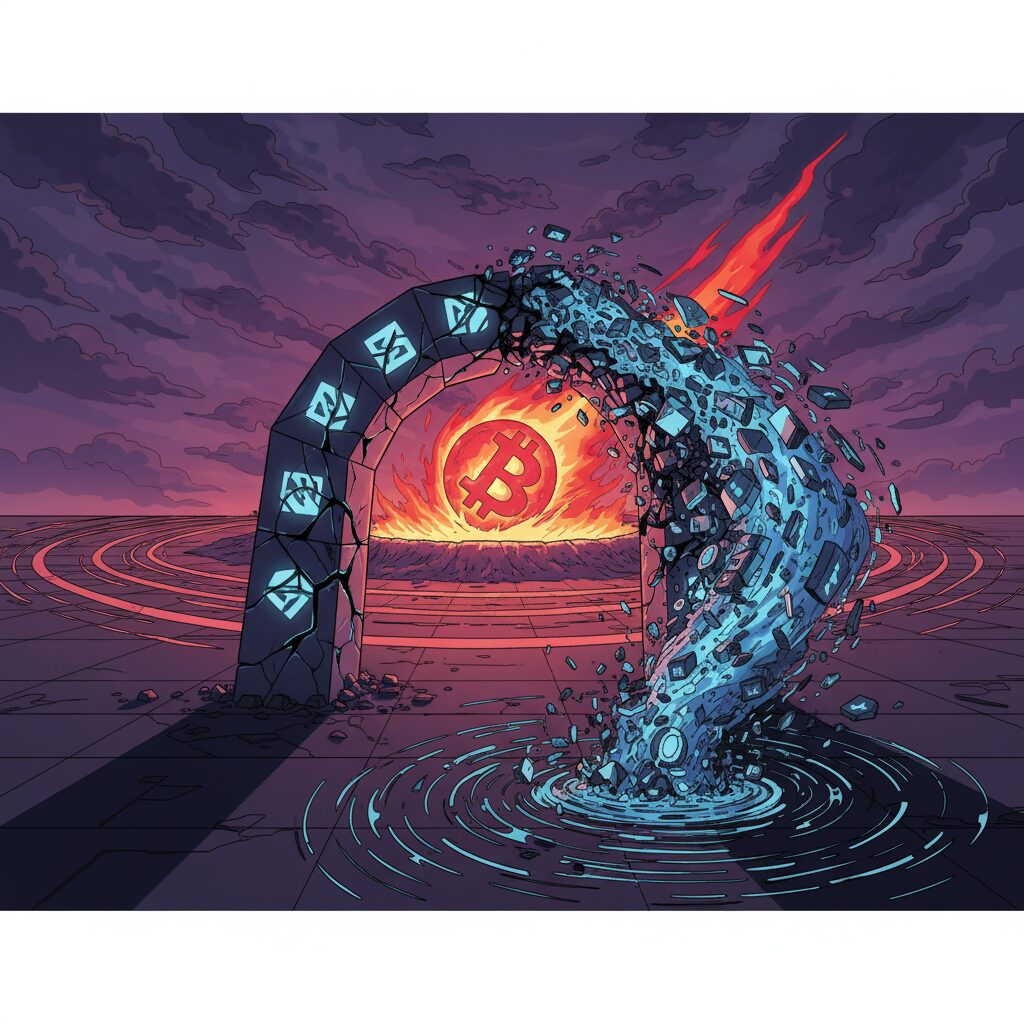BitMine Acquires 3% of Total Ethereum Supply, Targeting 5% Stake

BitMine, the digital asset treasury company chaired by Fundstrat’s Tom Lee, has significantly increased its holdings to 3% of the total Ethereum supply. The company’s rapid accumulation, which included adding nearly 70,000 ETH in a single week, is bringing new attention to the impact of large-scale corporate ownership on the Ethereum network.
In a recent announcement, BitMine reported its combined crypto, cash, and equity stakes now total $11.2 billion. The firm’s treasury includes 3,629,701 ETH, 192 Bitcoin (BTC), $800 million in cash, and a $38 million stake in Eightco Holdings. This substantial portfolio makes BitMine one of the largest corporate holders of Ethereum, second only to MicroStrategy in overall crypto treasury value.
The “Alchemy of 5%” Strategy
The company is actively pursuing a goal Lee has described as “The Alchemy of 5%,” which aims to secure 5% of Ethereum’s total supply. Reaching this milestone is expected to unlock significant opportunities for the firm, particularly through staking revenue and deeper integration with institutional finance.
Lee recently confirmed that BitMine plans to launch its own staking solution “very soon.” Once active, the company could generate a 2.79% pre-tax yield on its ETH holdings, transforming a large portion of its digital assets into a consistent revenue stream. According to Lee, this could position BitMine among the 800 most profitable publicly traded companies in the United States.
Addressing Centralization Concerns
As BitMine moves closer to its 5% target, concerns have emerged about the potential for a single entity to centralize influence over the Ethereum network. However, Lee has dismissed these worries, arguing that significant ownership doesn’t equate to control.
Citing internal research and discussions with analysts from Fundstrat and Standard Chartered, Lee stated that ownership levels up to 10% would not pose a threat to Ethereum’s decentralization. “If someone has 10% of a system, they aren’t in control of it,” he explained, suggesting that the network’s distributed nature remains secure.










